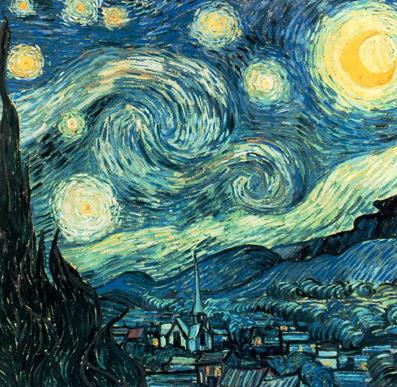Reading
Required Textbook:
Vision Science: Photons to Phenomenology by Stephen E. Palmer
Optional:
Vision and Art : The Biology of Seeing
by Margaret S. Livingstone
Visual Thinking
by Rudolf Arnheim
Eye and Brain
by Richard L. Gregory
Information Visualization : Perception for Design by Colin Ware
The reading for the course will be in two forms, chapters from the
required text and research papers. We will read 1 chapter from Vision
Science per week for the Tuesday class session. Each student will be
required to provide two unique images that demonstrate ideas covered
in the current textbook reading to the TA 24 hours prior to each
Tuesday class meeting. The TA will add all of the classes images to
the course web page and the images will be used as visual aids during
the Tuesday class session. (Hint: The easy obvious image examples will
go fast, start the required reading and begin searching for images
early each week) In addition, we will read three research papers for the
each Thursday class session, covering fundamental ideas and important
recent results. Each paper will be formally presented to the group by
a student and then discussed in a round-table manner.
Presentations
Participating in reading and discussions is extremely important in
this course. In addition to participating in discussions, students
will present one in-depth research topic to the class. Each student
will research a relevant paper (from the list of papers in the course
schedule), make a Powerpoint presentation, and present the results to
the class. These presentations will be posted afterwords on the class
website.
Expectations
This is a graduate level course and all students in it will be treated
like graduate students. It will be assumed that students are
interested in the material, that they can motivate themselves to
learn, and that they are not afraid to venture into uncharted
territory (i.e., do research). The undergraduate section will differ
primarily in that the expectations for the project will be slightly
lower.
Projects
Over the course of the quarter, you will apply what you learn to a
project of your choice, and then document your project in a high
quality paper and presentation. All projects will be presented at a
public colloquium. Project topics will be chosen in consultation with
the instructor. Projects may be done individually or in
groups. Project complexity and expectations will be scaled by group
size. The expectation for graduate students is that the project will
be quality work that the students would not be embarrassed to submit
to a workshop. The expectation for undergraduates is that the project
be something they would be proud to list on their resumes, although
all students are encouraged to aim high. There exists the potential
for projects in this course to turn into longer-term research
efforts. Because of the high expectations placed on the project, it is
vital that students choose to work on something that interests them
deeply.
Course Evaluation
The proportion of the final grade associated with
the different components of the course is as follows:
Participation 20%
Presentation 20%
Project 60%
